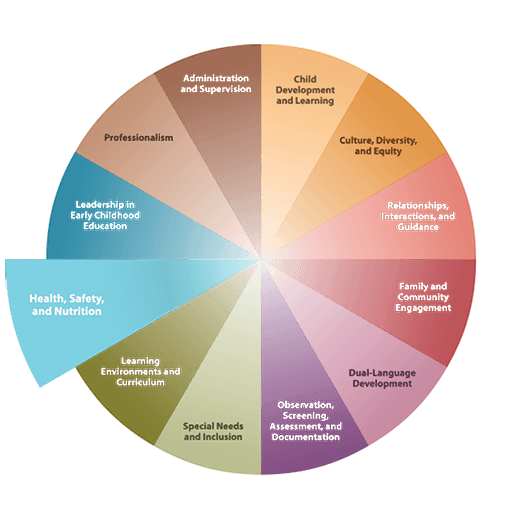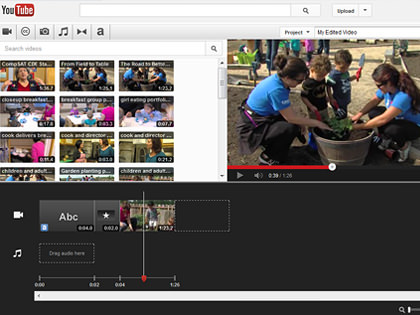This competency area addresses the knowledge and skills early childhood educators are expected to have to support children's physical, emotional, and mental health. The competency area was written with the understanding that early childhood educators will comply with the relevant sections of the California Code of Regulations, Title 22, that impact Community Care Licensing in California. A key concept in this competency area is that children's health encompasses overall fitness and well-being; it is not simply the absence of illness or injury. Equally important is the acknowledgment that children’s health is related to family functioning as well as the sociocultural context and physical environment in which children live. The emphasis, therefore, is on a relationship-based approach to supporting child and family well-being rather than on policies and regulations. This section includes competencies related to promotion and prevention, such as following sound health and safety practices, providing nutritious meals and snacks, and offering several periods of outdoor play each day. It also includes interventions, such as emergency response and administration of medication. At all levels of this competency area, early childhood educators are expected to consider the ways in which families' diverse cultural, linguistic, and socioeconomic backgrounds may be incorporated into practices related to health, safety, and nutrition.
Download the California ECE Competencies
This document requires the Adobe Acrobat Reader. Download the plug-in.

Framing questions identify some of the major themes in this competency. They provide you with a starting point. As you explore this competency, add your own framing questions for issues you want to further examine.
Keep these dispositions in mind as you explore the Framing Questions. If you mindfully adopt these dispositions, you will realize the Desired Outcomes for Practitioners and for Children.
The CompSAT Keys to Reflection and Inquiry offer you a protocol to use in whatever setting you work as an early childhood educator. Learn how you can integrate the six Keys into your work. Select one of the Keys below to practice reflecting with questions related to the competency area of Health, Safety, and Nutrition.

Choose from one of the Keys below to view additional information related to this Competency!

Make a video for my portfolio? Me? Yes, you! You can create videos of your teaching and learning experiences with a variety of Internet tools that enable you to take your smart phone or camcorder videos and edit them into short, coherent stories. Look at what one director did to document her program’s work on their nutrition program. Check out the CompSAT Portfolio Guide for tips.
